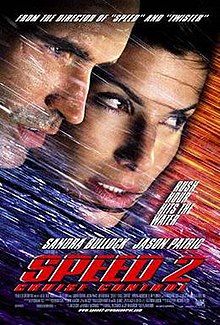Rick Davies, the co-founder and unwavering keyboardist of the British rock band Supertramp, whose distinctive vocals and jazz-blues inflected songwriting were central to the group’s enduring sound, has died at the age of 81. His passing on September 6, 2025, at his home in Long Island, marks the end of an era for a band that seamlessly blended progressive rock complexity with accessible pop melodies, achieving global renown for its sophisticated yet universally appealing music. Davies’s contributions, particularly his compositions like “Bloody Well Right” and “Goodbye Stranger,” helped define Supertramp’s unique identity throughout its five-decade history.
Formed in London in 1970, Supertramp was characterized by the individual songwriting prowess of Davies and Roger Hodgson, a creative partnership that, despite its eventual dissolution, produced some of the most iconic songs of the late 20th century. The band’s journey was one of persistent evolution, navigating numerous lineup changes, critical pressures, and commercial peaks, always with Davies as its steadfast anchor. Their work garnered immense popularity across continents, with record sales exceeding 60 million albums by 2007, testament to their distinctive musical alchemy.
This article delves into the intricate history of Supertramp, tracing the pivotal moments and the creative forces that shaped its trajectory, with a particular focus on Rick Davies’s instrumental role. From the band’s nascent beginnings and early challenges to its breakthrough success and eventual transformations, we examine the dedication, vision, and musical genius that solidified Supertramp’s place in rock history, celebrating the life and profound legacy of a musician whose work resonated deeply with millions.
1. The Visionary Partnership: Rick Davies and Roger Hodgson’s Formative Years
The origins of Supertramp can be traced back to 1969, when a Dutch millionaire, Stanley “Sam” August Miesegaes, sought to fund a new musical endeavor. Miesegaes, having been disappointed with a previous band called The Joint, offered financial backing to its keyboardist, Rick Davies. Davies, a Swindon-born musician with a deep-seated affinity for blues and jazz, was tasked with forming a new group. This pivotal moment set the stage for an extraordinary collaboration that would define a generation of music.
Davies placed an advertisement in Melody Maker, seeking musicians to join his nascent project. Among the numerous respondents was Roger Hodgson, a 19-year-old with an angelic tenor voice and a background steeped in English private school education. Hodgson’s musical inclinations leaned towards the melodic pop of the 1960s, a stark contrast to Davies’s working-class roots and devotion to more improvisational genres. Despite their radically different backgrounds and musical inspirations, an undeniable creative synergy emerged during their auditions.
This unlikely pairing of Davies, the blues and jazz enthusiast, and Hodgson, the pop melodist, quickly found common ground in songwriting. Initially, they began crafting virtually all of their songs together, with Richard Palmer contributing lyrics. Their collaboration was a delicate balance, an early indication of the unique tension and harmony that would characterize Supertramp’s most celebrated work. The initial period was marked by extensive rehearsals, laying the groundwork for a sound that would soon captivate international audiences.

2. From “Daddy” to Supertramp: The Genesis of a British Rock Band
Before adopting the name that would become synonymous with their distinct sound, the group initially dubbed themselves “Daddy.” After several months of intensive rehearsal at a country house in West Hythe, Kent, the band embarked on a series of concerts at the P. N. Club in Munich. These early performances, though limited in repertoire to just four songs (two of which were covers), marked their initial foray into live music, including a notable 10-minute rendition of “All Along the Watchtower” that was captured on film.
In January 1970, the band experienced its first significant lineup change with the departure of Keith Baker, who was replaced by Robert Millar. It was around this time, at Richard Palmer’s suggestion, that the band underwent a crucial identity shift. To avoid confusion with another group called “Daddy Longlegs,” they rechristened themselves “Supertramp,” drawing inspiration from William Henry Davies’s autobiography, *The Autobiography of a Super-Tramp*. This new moniker aptly reflected their journey and adventurous spirit.
Their commitment to their art extended beyond performances, as Supertramp contributed music to Haro Senft’s film, *Purgatory*, and had tracks from their debut album featured in the documentary *Extremes*. Their self-titled first album, *Supertramp*, was subsequently released on August 14, 1970, in the UK and Canada, eventually reaching the US in late 1977. Though stylistically aligned with the progressive rock of the era and receiving critical praise, the album struggled to attract a large audience, foreshadowing further challenges.
Read more about: Rick Davies: A Supertramp Legacy — Remembering the Voice and Wurlitzer Behind Rock’s Iconic Sound at 81
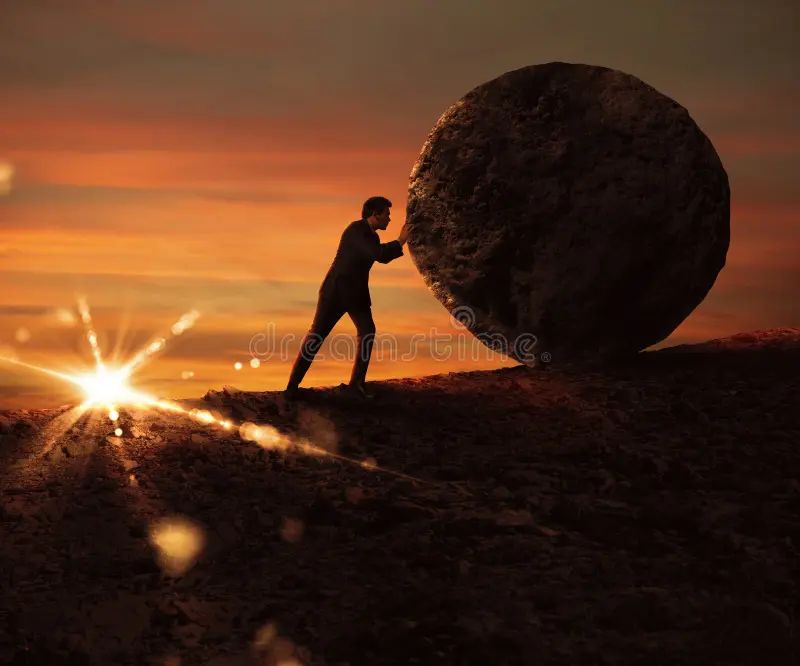
3. Early Struggles and the Path to the Classic Lineup
The period immediately following the release of their debut album was characterized by significant instability in Supertramp’s lineup. Dave Winthrop, who had auditioned in March 1970, joined the group in July, performing with them at the 1970 Isle of Wight Festival. However, the membership continued to change rapidly, with Richard Palmer departing in December 1970, followed by Robert Millar in January 1971, who suffered a nervous breakdown. Palmer, as Richard Palmer-James, later found success as a lyricist for King Crimson.
Russell Pope, who began as a roadie and later became the band’s sound engineer, provided a vivid firsthand account of these turbulent early days. He recalled joining on December 28, 1970, finding Rick and Roger sharing a sparse flat in London. Pope described the rapid succession of departures as early “‘Spinal Tap’ moments,” and recounted a harrowing ten-day expedition to Norway, involving ferries, icy roads, and a van that gave out on a steep mountain climb. This period underscored the raw, often challenging reality of the band’s existence.
For their second album, *Indelibly Stamped*, released in June 1971, Frank Farrell joined on bass, keyboards, and backing vocals, while Hodgson shifted to guitar and Davies took on a more prominent role as a second lead singer. With Palmer gone, Hodgson and Davies began writing and composing separately, a practice that would continue for their subsequent albums. Despite these efforts, *Indelibly Stamped* sold even less than its predecessor. This commercial setback led to a gradual exodus of all members except Hodgson and Davies, and Miesegaes ultimately withdrew his financial support in October 1972, leaving the band at a crossroads.
Read more about: Consumer Alert: The 15 New Cars Americans Are Most Likely to Regret Buying in 2025, According to Expert Analysis and Reliability Data
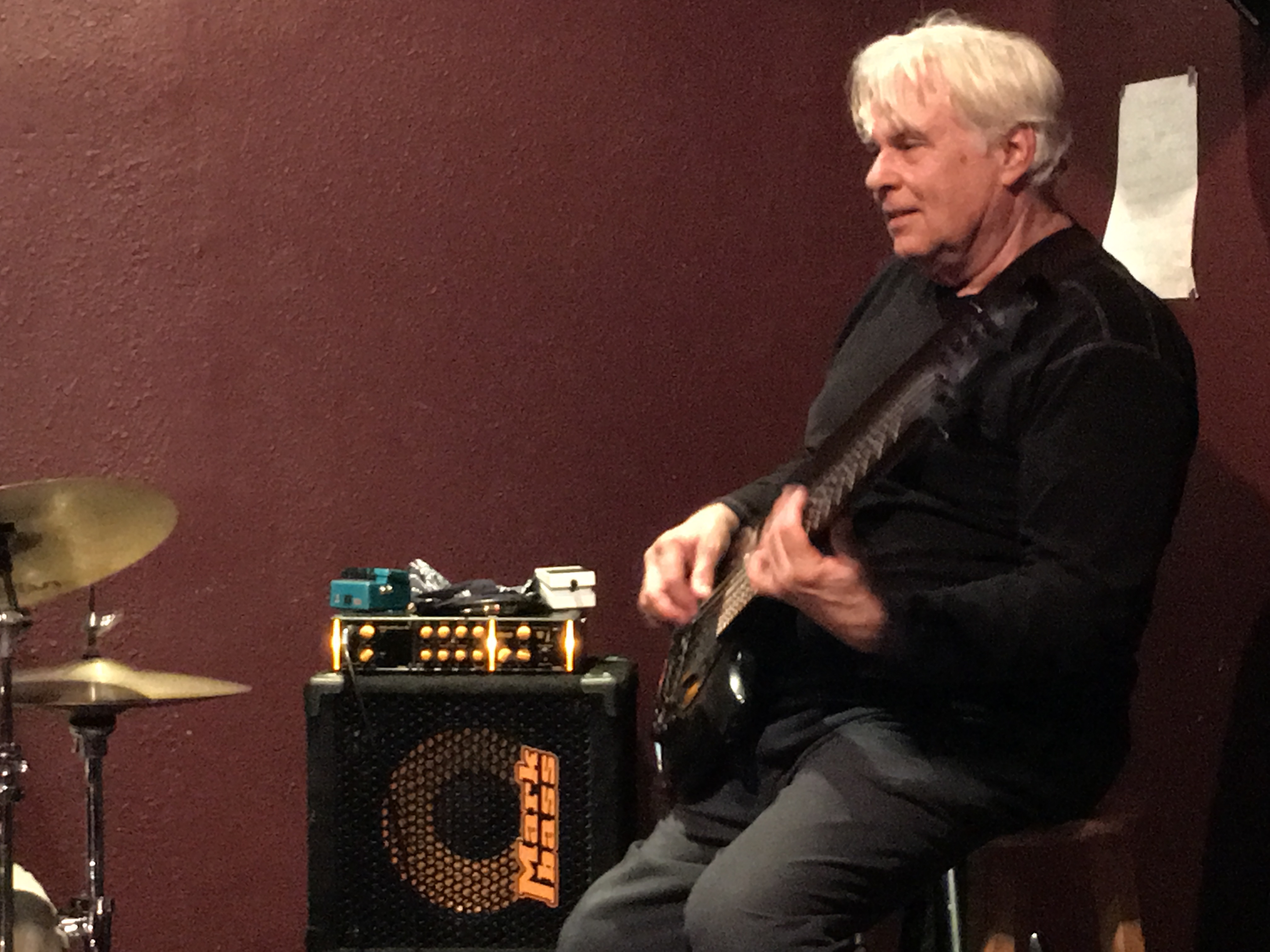
4. The Definitive Ensemble: Forming the Iconic Supertramp Quintet
Following Frank Farrell’s departure in the spring of 1972, Supertramp entered another phase of recruitment that would ultimately solidify its legendary lineup. Twenty-year-old bassist Nick South briefly filled in before Dougie Thomson, an alumnus of The Alan Bown Set, joined in July. This addition marked a crucial step towards establishing the band’s enduring rhythm section, setting a new foundation for their evolving sound and live presence.
In the summer of 1973, further auditions were held to replace the departed Kevin Currie and Dave Winthrop. These auditions proved transformative, introducing two more key figures: Bob Siebenberg, initially credited as Bob C. Benberg, on drums and percussion, and another former member of The Alan Bown Set, John Helliwell. Helliwell brought his talents on saxophone, other woodwinds, occasional keyboards, synthesizers, and backing vocals, completing what would become Supertramp’s classic quintet by the summer of 1973.
This lineup, consisting of Davies, Hodgson, Thomson, Siebenberg, and Helliwell, would remain intact for an impressive ten years, a period that saw the band achieve its greatest critical and commercial successes. It was also during this time that Hodgson began integrating keyboard compositions, particularly featuring the distinctive Wurlitzer electric piano, into the band’s sound alongside his guitar work. While their bond remained deep, especially musically, Davies and Hodgson’s personal lifestyles and musical inclinations drifted apart, gradually dissolving their joint songwriting partnership into individual contributions, though all songs would continue to be officially credited to both.
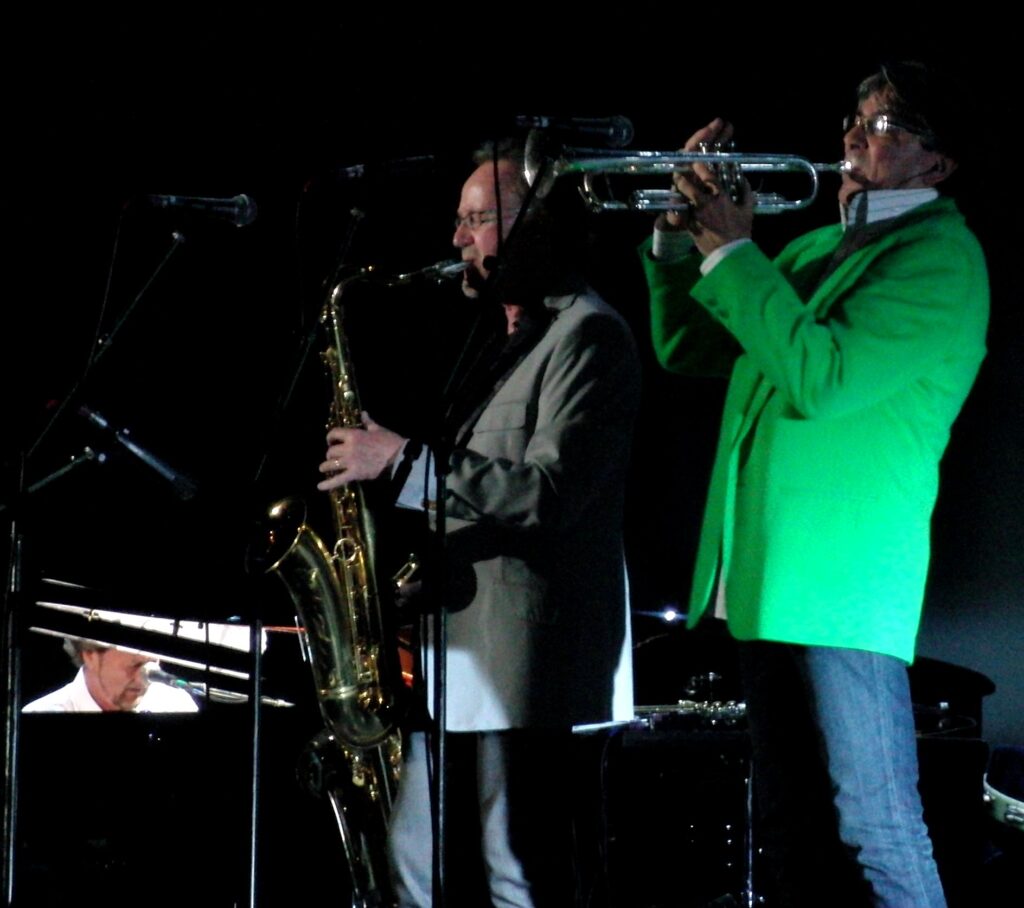
5. The Breakthrough: *Crime of the Century* and the Shift to Pop
The band’s fortunes began to turn in 1973 when Dave Margereson, a young A&M Records A&R executive, was profoundly impressed by their new demos. Margereson proved instrumental in securing Supertramp a new contract with A&M. By 1974, he had fully committed to the band, leaving the label to become their full-time manager, a decision that underscored his faith in their potential. With an advance from A&M, the group, along with their families, friends, and crew, relocated to a cottage called Southcombe in Somerset, dedicating themselves to crafting their third album throughout 1973 and much of 1974.
Supertramp desperately needed a hit record to sustain their career, and they found it in *Crime of the Century*. Released in September 1974, this album marked the beginning of the band’s remarkable run of critical acclaim and commercial triumphs. It soared to number four in Britain, reached number 38 in the US, and achieved a significant number four spot in Canada. The album’s impact was particularly strong in Canada, where it remained in the top 100 for three consecutive years despite not immediately producing a Top 40 single there.
The single “Dreamer,” a Hodgson composition released in 1975, became the band’s first UK Top 20 hit and propelled *Crime of the Century* further up the charts. Another track from the album, “Bloody Well Right,” penned by Davies, broke into the US Top 40 in May 1975, becoming their only American hit for over two years. These successes firmly established Supertramp as a significant force in the rock landscape, setting the stage for even greater achievements.

6. Sustained Success: *Crisis? What Crisis?* and *Even in the Quietest Moments…
The momentum generated by *Crime of the Century* brought with it increased pressure on the band to deliver a follow-up quickly. As a result, *Crisis? What Crisis?* had to be recorded within a tight timeframe, squeezed between two scheduled concert tours. This demanding schedule meant that much of the album’s material consisted of leftover songs from the *Crime of the Century* sessions. Decades later, members of the band would reflect on this period, often regarding the album as one of their less inspired moments, a consequence of the intense production demands.
Despite the band’s own reservations, *Crisis? What Crisis?* was generally well-received by critics upon its release in November 1975. The album demonstrated Supertramp’s continued ability to captivate an audience, breaking into both the UK Top 20 and the US Top 50. This commercial performance was achieved even though its singles largely failed to make a significant impact on the charts, underscoring the album’s inherent strength and the band’s growing fanbase.
The subsequent album, *Even in the Quietest Moments…*, released in April 1977, further solidified their commercial appeal. This record spawned the hit single “Give a Little Bit,” a song first written by Hodgson years earlier, which charted at number 15 in the US, number 29 in the UK, and number eight in Canada. As was becoming typical for Supertramp, the album’s overall popularity transcended that of its singles, reaching number 16 in the US, number 12 in the UK, and number one in Canada. It was during this period of increasing success that the band made the significant decision to permanently relocate to Los Angeles.

7. **The Zenith: *Breakfast in America* and Global Stardom
Supertramp’s gradual shift towards a more pop-oriented approach culminated in their most commercially successful and widely recognized album, *Breakfast in America*. This album represented a pinnacle of their blended style, marrying progressive rock sensibilities with highly accessible and melodically rich pop structures. The meticulous attention to detail during its creation was evident, with Roger Hodgson famously parking a camper outside the studio for the final two months, working tirelessly on mixing with only brief rests.
Hodgson later recalled a strong intuition that *Breakfast in America* “could be a big album,” dedicating “days and sometimes weeks choosing the right songs and the right order of songs so one song flowed into the next.” This dedication to crafting a cohesive and impactful listening experience paid off spectacularly. Released in March 1979, the album was a monumental success, reaching number three in the UK and achieving the coveted number one spot in both the US and Canada.
*Breakfast in America* generated an unprecedented four successful singles, more than the band’s first five albums combined, showcasing the breadth of their talent. Hodgson’s contributions included “The Logical Song” (number one Canada, number six US, number seven UK), “Take the Long Way Home” (number four Canada, number 10 US), and the title track “Breakfast in America” (number nine UK). Rick Davies contributed the hit “Goodbye Stranger” (number five in Canada, number 15 US, number 57 UK), firmly establishing Supertramp as global superstars and cementing their place in music history.
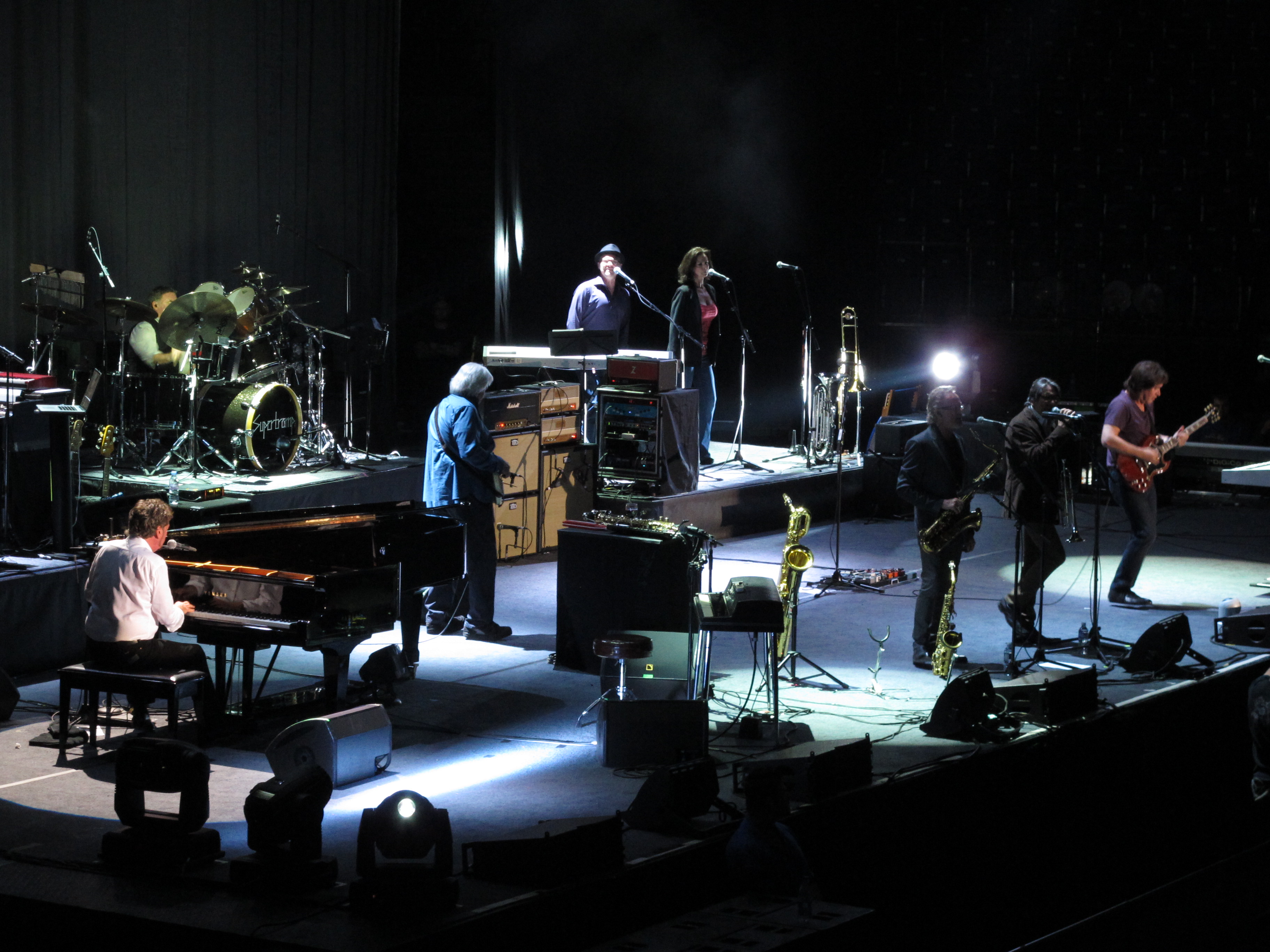
8. **The Parting of Ways: *…Famous Last Words…* and Hodgson’s Exit
The immense success of *Breakfast in America* inadvertently laid the groundwork for a growing distance within Supertramp, particularly between its two principal songwriters, Rick Davies and Roger Hodgson. Hodgson, seeking a focus on family and a more spiritual life, relocated his family from Los Angeles to the serene mountains of northern California, where he also established a home studio. This geographic separation, while allowing him to record his solo album, initially titled *Sleeping with the Enemy* and later released as *In the Eye of the Storm* in 1984, undeniably widened the creative and personal rift with the rest of the band.
During the conceptualization and recording of their subsequent album, *…Famous Last Words…*, the inherent difficulties in reconciling Davies’s and Hodgson’s distinct musical ideas became significantly more pronounced. It grew increasingly apparent to the other members that Hodgson was contemplating an exit from the group. The album, a testament to their fractured yet still potent collaboration, was ultimately released in October 1982.
*…Famous Last Words…* continued Supertramp’s run of commercial success, yielding two more popular singles, “It’s Raining Again” and “My Kind of Lady.” The album itself performed strongly on the charts, peaking at number five in the United States and number six in the United Kingdom, showcasing the band’s enduring appeal even amidst internal discord. This period marked the swansong of their classic lineup.
A worldwide tour followed in 1983, during which two additional musicians, Fred Mandel and Scott Page, joined the band on stage to augment their sound. As the tour drew to a close in September 1983, Hodgson made his long-anticipated announcement: he would not be continuing with Supertramp. Hodgson maintained that his departure stemmed from a genuine desire to prioritize his family and pursue a solo recording career, refuting notions of significant personal or professional conflicts with Davies.
In the wake of Hodgson’s departure, the band experienced further managerial shifts. Dave Margereson, their long-standing manager, resigned in July 1983 following a disagreement. Sound engineer Russell Pope and several crew members also left in September 1983, coinciding with Hodgson’s exit. Rick Davies’s wife, Sue, subsequently stepped into the pivotal role of managing the group, signaling a new chapter for Supertramp under Davies’s singular leadership.
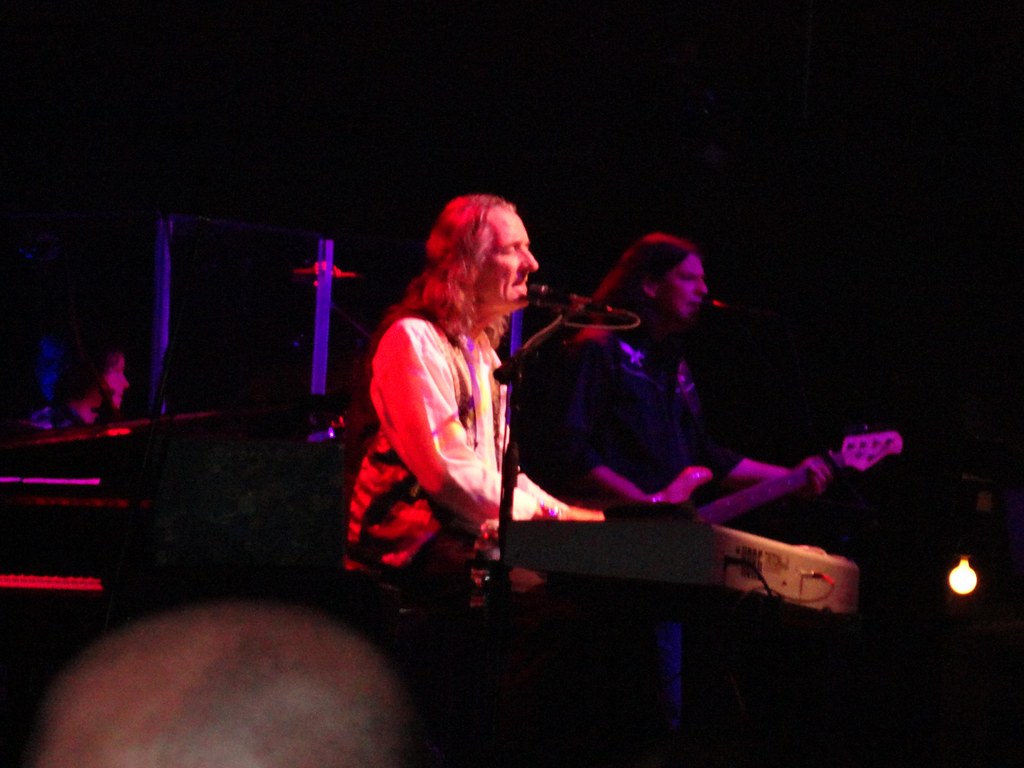
9. **Davies Takes the Helm: *Brother Where You Bound*
With Roger Hodgson’s departure, Rick Davies assumed sole leadership of Supertramp, guiding the band into an uncharted creative phase. The first album under his exclusive direction was *Brother Where You Bound*, released in May 1985. This record represented a deliberate and pronounced pivot away from the more pop-oriented sound that had characterized their two preceding studio albums, marking a conscious return to a style more akin to their earlier, progressive rock roots.
The album demonstrated Supertramp’s continued ability to chart, reaching number 20 in the UK and number 21 in the US charts. It notably featured the Top 30 hit single “Cannonball,” a track that showcased Davies’s continued compositional strength. However, the album’s ambition was perhaps best encapsulated by its sprawling title track, a 16-minute exposition on Cold War themes that garnered particular attention for its extended guitar solos, contributed by the legendary Pink Floyd guitarist David Gilmour.
To promote the album, a 20-minute film based on the title track, directed by Rene Daalder, was produced, further emphasizing the album’s thematic depth and artistic scope. This period was one of redefinition for Supertramp, as Davies sought to carve out a distinct identity for the band independent of its past creative dynamic.
Supertramp embarked on a tour in the fall of 1985 through early 1986, which was historically significant as their first concert series without Hodgson. The touring lineup reflected Davies’s vision for the new Supertramp, featuring returning members Dougie Thomson, John Helliwell, and Bob Siebenberg, alongside new additions such as Scott Page, Marty Walsh, Carl Verheyen, and Mark Hart. Brad Cole also briefly stepped in for Hart during part of this tour, underscoring the ongoing adjustments as the band forged its new path.

10. **Experimentation and Identity: *Free as a Bird*
The evolution of Supertramp under Rick Davies continued with the release of *Free as a Bird* in 1987. This album represented a notable foray into heavily synthesized music, a stylistic choice that marked a departure from the band’s signature blend of progressive rock and pop. Tracks like “I’m Beggin’ You” exemplified this new direction, achieving commercial success by reaching number one on the US dance charts, demonstrating the band’s versatility and willingness to experiment with contemporary sounds.
However, the album’s stylistic shift was not uniformly well-received by critics or a significant portion of their traditional fanbase. The departure from Supertramp’s established sound contributed to a more modest commercial performance. *Free as a Bird* reached only number 93 in the UK and number 101 in the US, thereby breaking a remarkable streak of seven consecutive top 100 entries on the American charts, indicating a struggle to connect with their audience in this new guise.
Beyond the musical direction, a significant decision made during this era was to actively remove all of Roger Hodgson’s compositions from Supertramp’s live setlist. This was a deliberate effort to further establish an identity for the band separate from its former co-leader. This choice, however, proved contentious with audiences, who voiced their displeasure at the omission of many beloved, Hodgson-penned hits.
Initially, the 1985 tour proceeded with only Davies’s compositions, but the mounting pressure from fans and the demands of their first tour of South America in 1988 ultimately led the band to reintroduce a handful of Hodgson’s hits into their live repertoire. The 1988 touring lineup remained largely consistent with the 1985-86 configuration, with Brad Cole returning in place of Scott Page and percussionist Steve Reid joining in lieu of guitarist Carl Verheyen, as Supertramp navigated the complex balance of artistic independence and audience expectation.
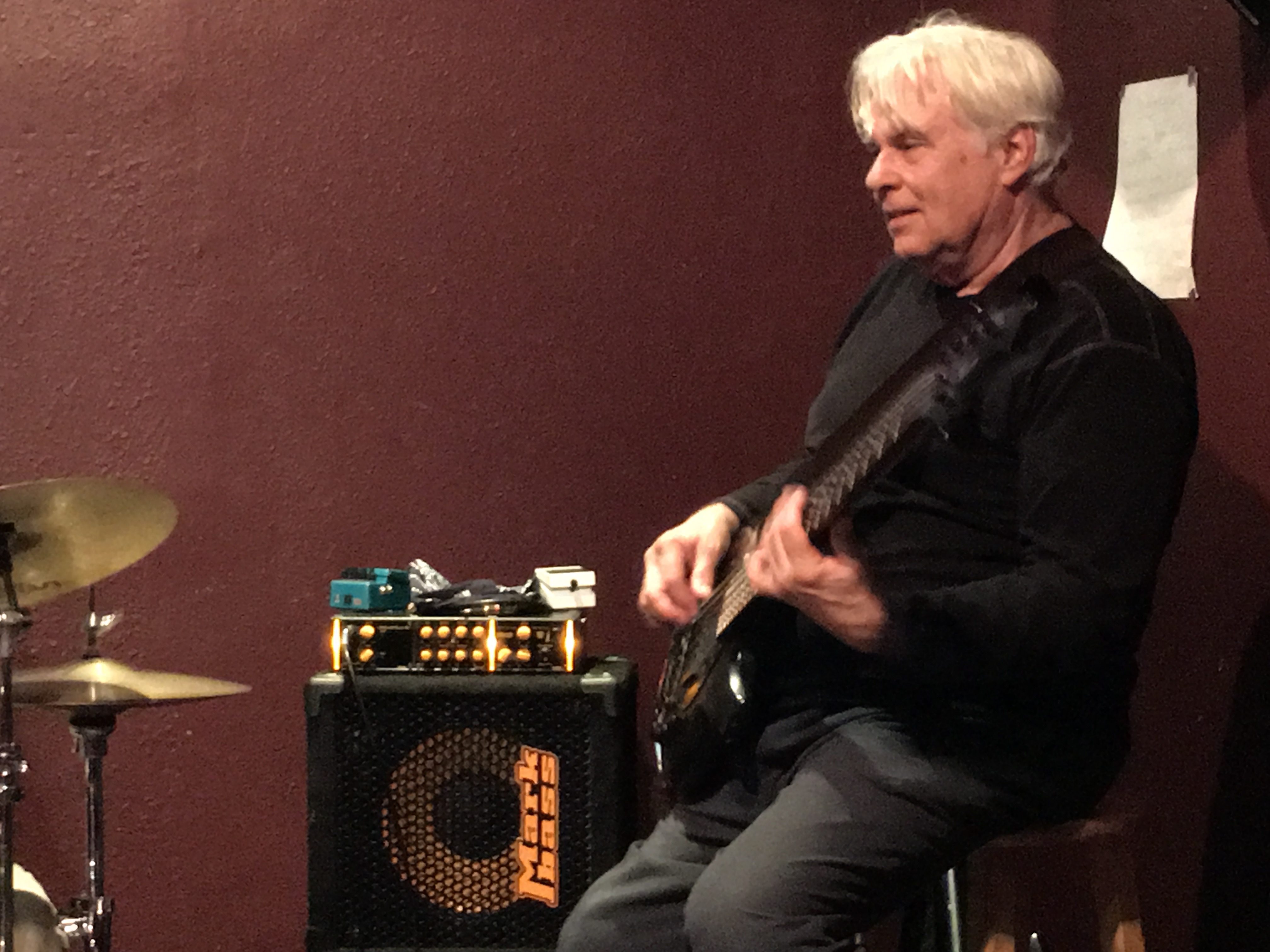
11. Hiatus and Unsuccessful Reunion Attempts
Following the conclusion of their 1988 tour, Supertramp entered a period of fragmentation, a hiatus that marked a significant pause in the band’s active career. Rick Davies succinctly explained this decision, stating, “We’d been out there for about 20 years just recording and touring and it seemed time to have a break with no ideas as to if or when we would come back. We decided not to actually say anything, just sort of fade away like an old soldier.” This quiet cessation of activities left the future of Supertramp uncertain, with members pursuing individual interests.
However, a brief and tantalizing hint of a reunion occurred on April 14, 1993, at the Beverly Hills Hilton. This occasion was a special dinner honoring Jerry Moss, the co-founder of A&M Records, the label that had shepherded much of Supertramp’s success. For this event, Roger Hodgson, Rick Davies, and John Helliwell, accompanied by Jeff Daniel, performed two iconic songs: “The Logical Song” and “Goodbye Stranger.”
This public reunion sparked hopes among fans for a full-fledged comeback. Davies and Hodgson subsequently began working together once more, even recording demos for two new songs, “You Win, I Lose” and “And the Light.” Yet, these renewed collaborative efforts proved fleeting. Disagreements, reportedly over management issues, prompted them to part ways once again shortly thereafter. Both demoed songs would eventually appear on Supertramp’s next release in 1997, but notably, without Hodgson’s involvement, underscoring the persistent challenges in their creative partnership.
Read more about: Rick Davies, Supertramp Co-Founder: A Comprehensive Look at His Enduring Legacy and the Revealed Cause of Death
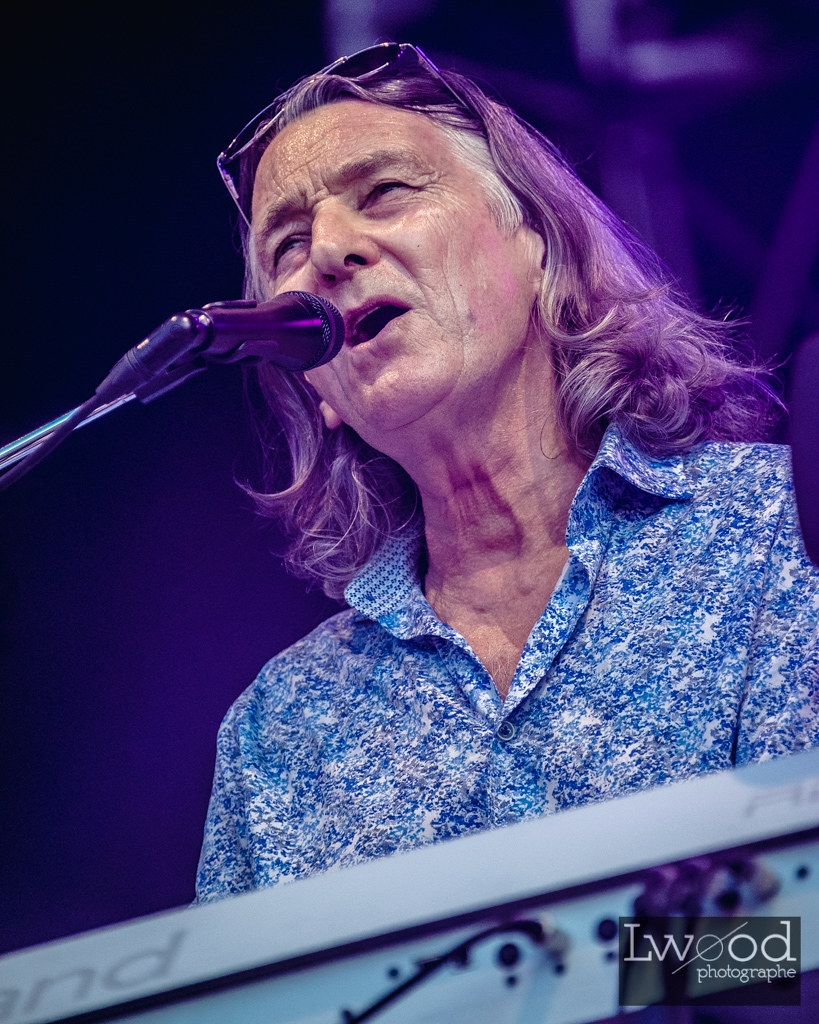
12. **Reformation and Later Studio Efforts: *Some Things Never Change* and *Slow Motion*
The quiet hiatus of Supertramp concluded in 1996 when Rick Davies made the decisive move to re-form the band. This new iteration saw the return of familiar faces, including saxophonist John Helliwell and drummer Bob Siebenberg, who had been integral to Supertramp’s classic lineup. They were joined by guitarist, keyboardist, and vocalist Mark Hart, who, although new to the official lineup, had already made significant contributions to *Free as a Bird* and had participated in the band’s tours from 1985 to 1988.
The reformed lineup was further bolstered by the return of their 1985–86 guitarist, Carl Verheyen, alongside new members bassist Cliff Hugo, horn player Lee Thornburg, and former America percussionist Tom Walsh. Walsh’s tenure was brief, as he was replaced for the band’s 1997 tour by Bob Siebenberg’s son, Jesse, who himself would contribute guitar, keyboards, and vocals. This expanded eight-man ensemble signaled Davies’s commitment to a robust and dynamic sound for the revived Supertramp.
The creative output of this reformation materialized in *Some Things Never Change*, a new studio album released in March 1997. This record was widely seen as a deliberate echo of Supertramp’s earlier sound, a move that aimed to reconnect with their classic progressive rock and pop blend. The album reached number 74 in the UK, demonstrating a rekindled interest in the band’s work.
Following the album’s release, Supertramp returned to touring in the summer of 1997, a venture that was chronicled in the live album *It Was the Best of Times*, released in April 1999. After a subsequent three-year hiatus, the band delivered another studio album, *Slow Motion*, in April 2002. This album was supported by a 2002 world tour aptly titled “One More for the Road Tour,” solidifying this era of Supertramp as one of continued studio output and active touring under Davies’s leadership.

13. **The Persistent Shadow of Reunion: Touring without Hodgson and Mounting Tensions
Despite the band’s reformation and continued touring under Rick Davies, the performance of songs penned by Roger Hodgson remained a persistent point of contention. Hodgson publicly claimed a verbal agreement from 1983 that stipulated Davies would not perform his songs. However, Davies never publicly acknowledged such an agreement, leaving the matter open to speculation. Former bassist Dougie Thomson noted the private nature of Davies’s and Hodgson’s conversations, emphasizing the hearsay aspect of such claims, though legal frameworks did define songwriting and usage rights.
Attempts to reconcile the two founders and bring Hodgson back into the band proved unsuccessful. A reunion effort failed in 2005, and by 2009, Hodgson expressed his inability to envision a Supertramp reunion, citing Davies’s retirement and his own solo career. The lack of enthusiasm for a reunion was also noted among some fans.
In 2010, when Supertramp announced a European tour, Hodgson offered to join for select dates, but his offer was declined by Davies’s agent. Rick Davies addressed the situation publicly, stating that for a great show, “you need harmony, both musically and personally. Unfortunately that doesn’t exist between us anymore.” This underscored an irreparable rift, leading to Hodgson and Supertramp touring separately in 2011.
The touring lineup for Supertramp’s 2010–11 tours included Davies, Helliwell, Siebenberg, Jesse Siebenberg on vocals, keyboards, and guitar, alongside Cliff Hugo, Carl Verheyen, Lee Thornburg, Gabe Dixon, and Cassie Miller. This consistent ensemble ensured the band’s continued stage presence despite the ongoing unresolved tensions.
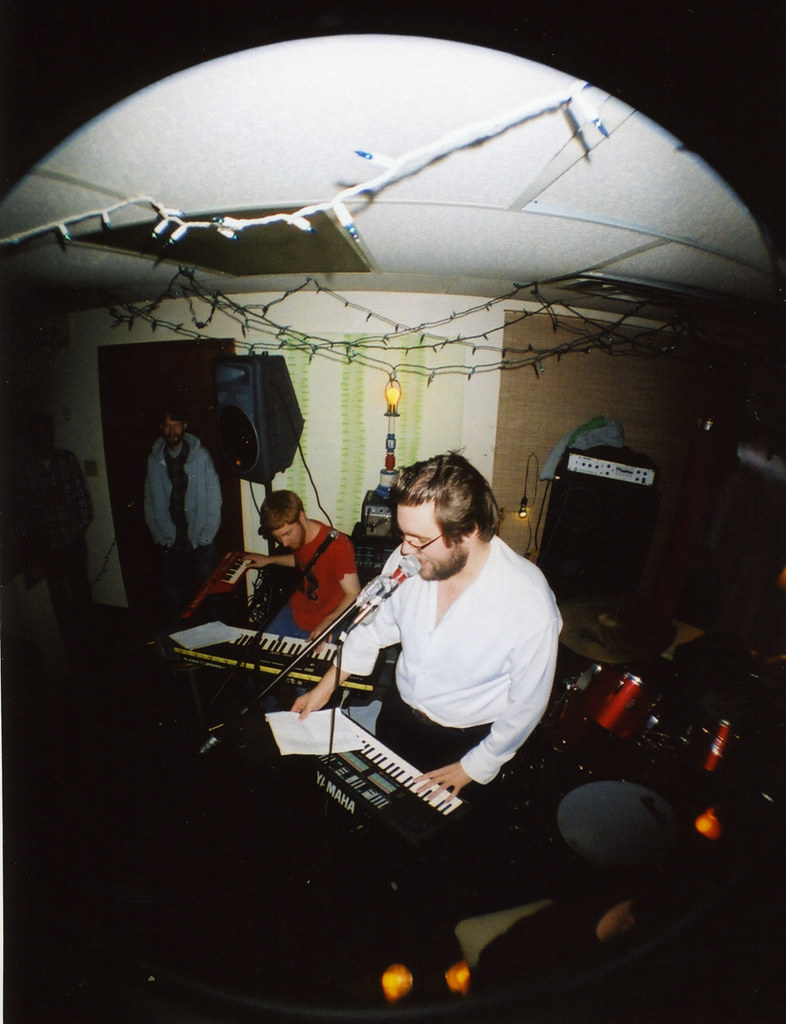
14. **Health Battles and the Final Concert
The touring activities of Supertramp continued through the early 2010s, with the band playing what would ultimately become its final concert on November 15, 2012. This significant event took place in Madrid, Spain, during a private engagement at the IFEMA fairgrounds. The performance, witnessed by several thousand attendees, lasted approximately eighty minutes and featured a condensed setlist derived from their “70–10” tour. The band’s lineup for this poignant last show was largely consistent with their 2010–11 configuration, with one notable change: saxophonist Rob Hardt stood in for John Helliwell, who was unavailable due to another professional commitment.
Following this 2012 performance, Supertramp entered another period of dormancy, extending until 2015. During this hiatus, Roger Hodgson continued his “Breakfast in America World Tour,” maintaining a separate and active musical career. The prospect of Supertramp returning to the stage, however, seemed to flicker to life once more in early 2015 when the band announced their first tour in over four years. This ambitious “Supertramp Forever” European tour was scheduled for 25 dates, commencing on November 3, 2015, in Porto, Portugal, and including a prominent London show at The O2 Arena, concluding in Amsterdam.
Tragically, these plans were abruptly halted on August 4, 2015, when Supertramp announced the cancellation of the entire tour. The reason was a severe health setback affecting Rick Davies: he had been diagnosed with multiple myeloma, a form of cancer, and required immediate and aggressive treatment. This devastating news not only brought the planned tour to an end but also cast a long shadow over the band’s future, as Davies prioritized his battle against the disease.
By late August 2018, Davies provided an update on his health in an interview, expressing that he had, for the most part, overcome his health problems and was once again enjoying playing music. He noted that such activity had been impossible for him in 2016 while undergoing medical treatment. While appearing in a rehearsal/sound check with some current Supertramp members, Davies candidly stated that it was “unlikely” Supertramp would return as a structured band, a realistic assessment of the cumulative challenges and his personal health journey.
Read more about: Setting the Record Straight: Why ‘Friends’ Never Faced Cancellation After Season 1, And How It Truly Said Goodbye

15. **Legal Disputes and Lasting Legacy
New challenges emerged in the years following Supertramp’s final performances, extending into the legal realm of royalties. In late August 2018, Roger Hodgson ceased paying royalties from Supertramp songs to Dougie Thomson, John Helliwell, and Bob Siebenberg. This led to a lawsuit filed in 2021 by the three plaintiffs against both Hodgson and Davies, alleging non-payment.
Rick Davies settled out of court in 2023. Hodgson initially won a jury verdict in 2024, but in 2025, a federal appeals court reversed this, directing judgment in favor of Thomson, Helliwell, and Siebenberg. This brought a definitive resolution to the complex financial dispute surrounding Supertramp’s catalog.
Amidst this legal finality, Rick Davies passed away on September 6, 2025, at 81, from cancer at his Long Island home. His death marked the end of an era for Supertramp, a band he co-founded and steadfastly led through five decades of musical evolution.
Davies’s indelible imprint is profound. As Supertramp’s unwavering keyboardist and distinct vocalist, his jazz-blues inflected songwriting, evident in tracks like “Bloody Well Right” and “Goodbye Stranger,” was fundamental to the band’s unique sound. He was the sole constant member, guiding Supertramp from progressive rock experimentalism to global stardom. His artistic vision and resilience ensured a legacy of sophisticated melodies and accessible pop that continues to resonate with millions worldwide.
The narrative of Supertramp, inextricably linked with the steadfast presence of Rick Davies, is a compelling testament to the intricate alchemy of contrasting talents and enduring perseverance. From humble beginnings to the grandest stages, Davies remained the band’s anchor, guiding its journey through creative partnerships, lineup shifts, and shifting musical landscapes.
Read more about: Beyond the Hype: 14 Unsung Automotive Icons That Defy Demolition and Redefine Longevity
His passing leaves a void, but the sophisticated melodies, intricate arrangements, and poignant lyrics he helped craft continue to echo, ensuring that the distinctive sound of Supertramp, a truly unique force in rock history, will resonate for generations to come. It is a legacy etched in sound, a testament to a musician whose quiet dedication forged a global phenomenon.

